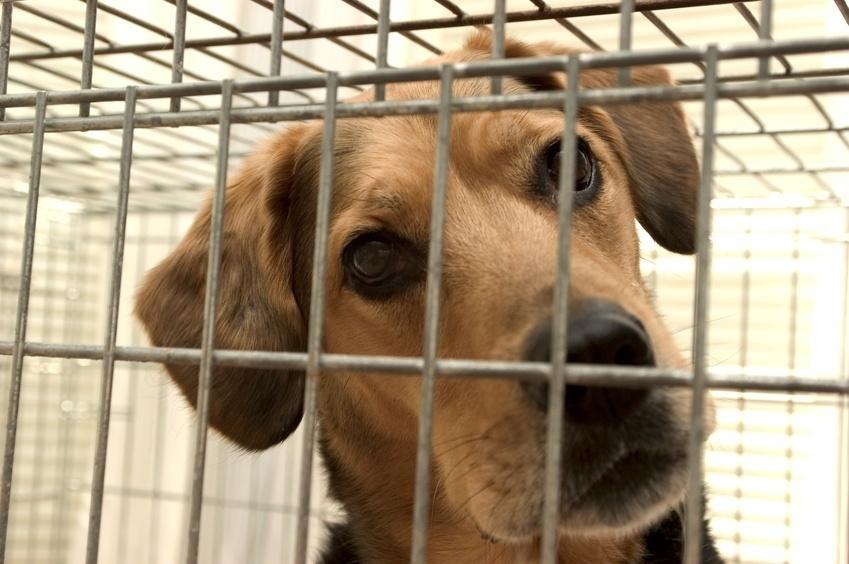Crate Training
•Posted on October 26 2016

It doesn’t matter if you have a puppy or an older dog, they might benefit from having their own crate that they can retreat to. Crates are available in a wide range of different sizes but try and go for a large one if you can as you need to be able to fit their bed and water bowl and give them room to walk around.


Why are crates a good idea?
The world can be a scary place for dogs at times, so it’s good if they can have a place that’s just theirs. Some dogs don’t like it when visiting children want to manhandle them or if there’s loud noises (someone hoovering or fireworks outside) so will go and sit in their crate until things are back to normal. Having a crate can also help with toilet training as a dog will want to keep their crate as clean as possible. You can put your dog in their crate when you pop out but it’s important that they aren’t left for long periods of time – the crate shouldn’t be seen as a place of punishment. You don’t want your dog to become distressed and start throwing themselves against the crate walls or trying to dig their way out.How to crate train your puppy
It might only take a day or two for your dog to embrace the crate or it might take a bit longer, every dog is different after all!- Leave the crate in the place you want it to be, with the door open and your puppy’s bed and favourite toys inside.
- You’ll probably find they’ll start exploring the crate pretty much straight away, especially if you hide some treats. Just watch them at this stage, don’t be tempted to shut the crate door as this could alarm them.
- At mealtimes, put their food bowl inside the crate (by the door to begin with and then move it further back). This should mean that they’re spending 5 – 10 minutes inside at a time. You should be able to shut the door for short periods but play this by ear, if they get distressed you should open the door.
- Once you feel that your puppy is happy being in the crate, try and leave them for a few minutes by popping upstairs or into another room. Give them a KONG filled with their dry food so they have something to occupy their mind whilst you’re gone.
- Try this a few times and if they seem content, you could try and leave them in the crate whilst you pop to your local shop for ten minutes or so. It can be good to try and tire them out first (and let them go to the toilet) so they’ll sleep whilst you’re gone. Why not play an energetic game of fetch in your back garden or take them for a walk around the block? Don’t overly fuss them before you go, you want them to be relaxed and happy.


